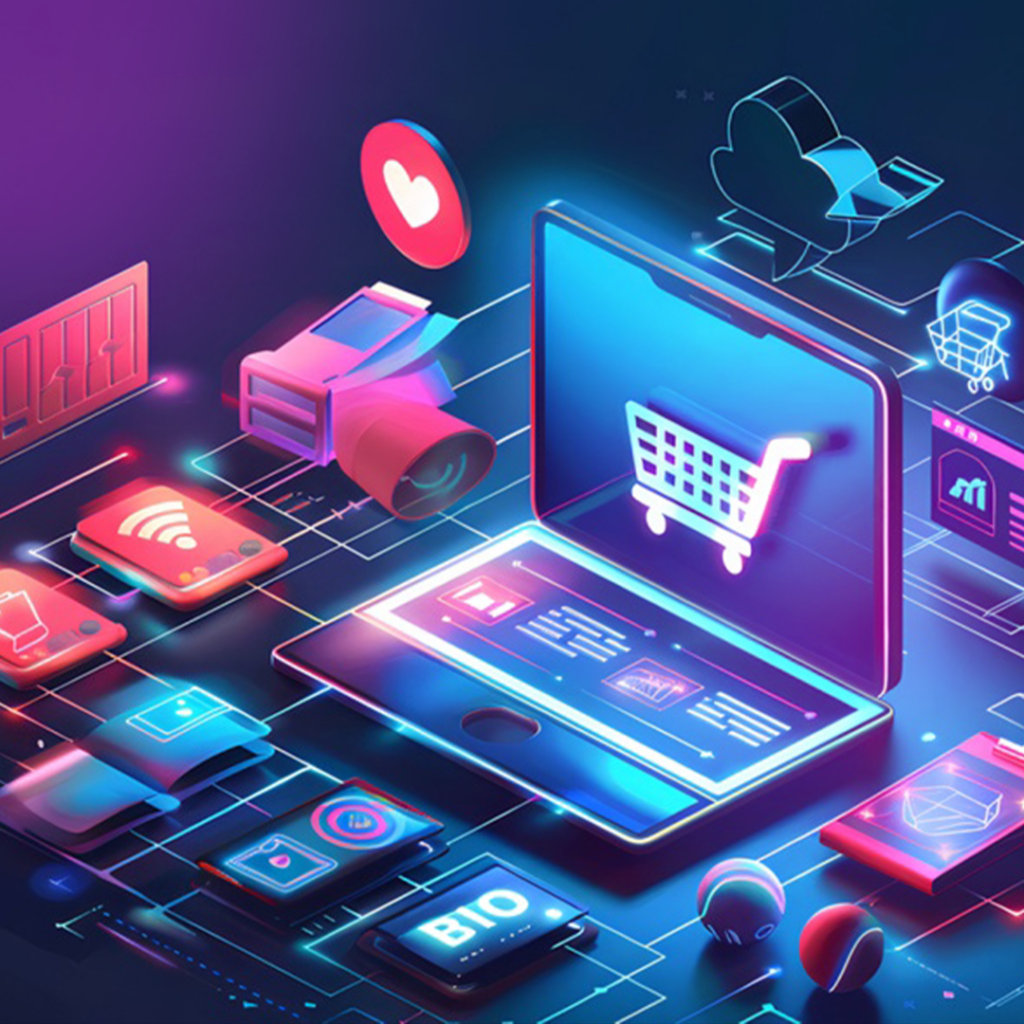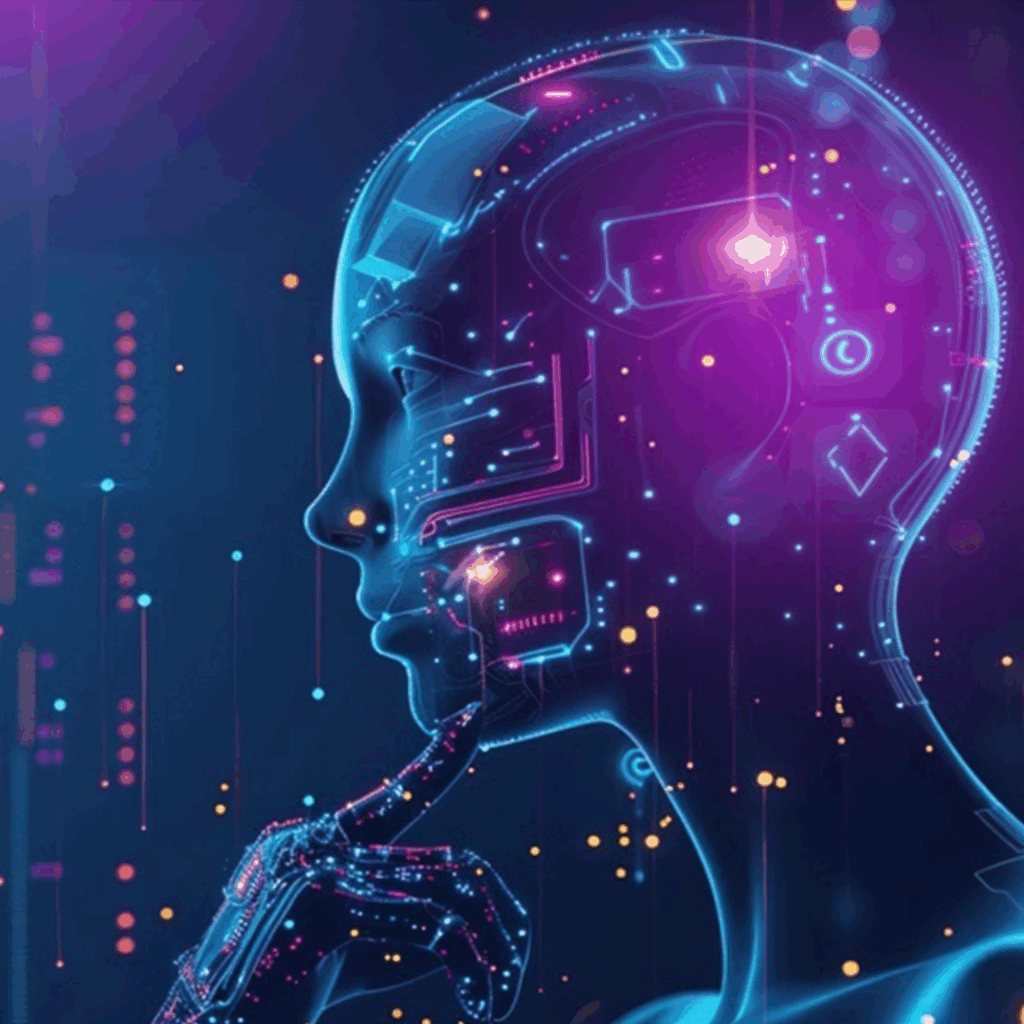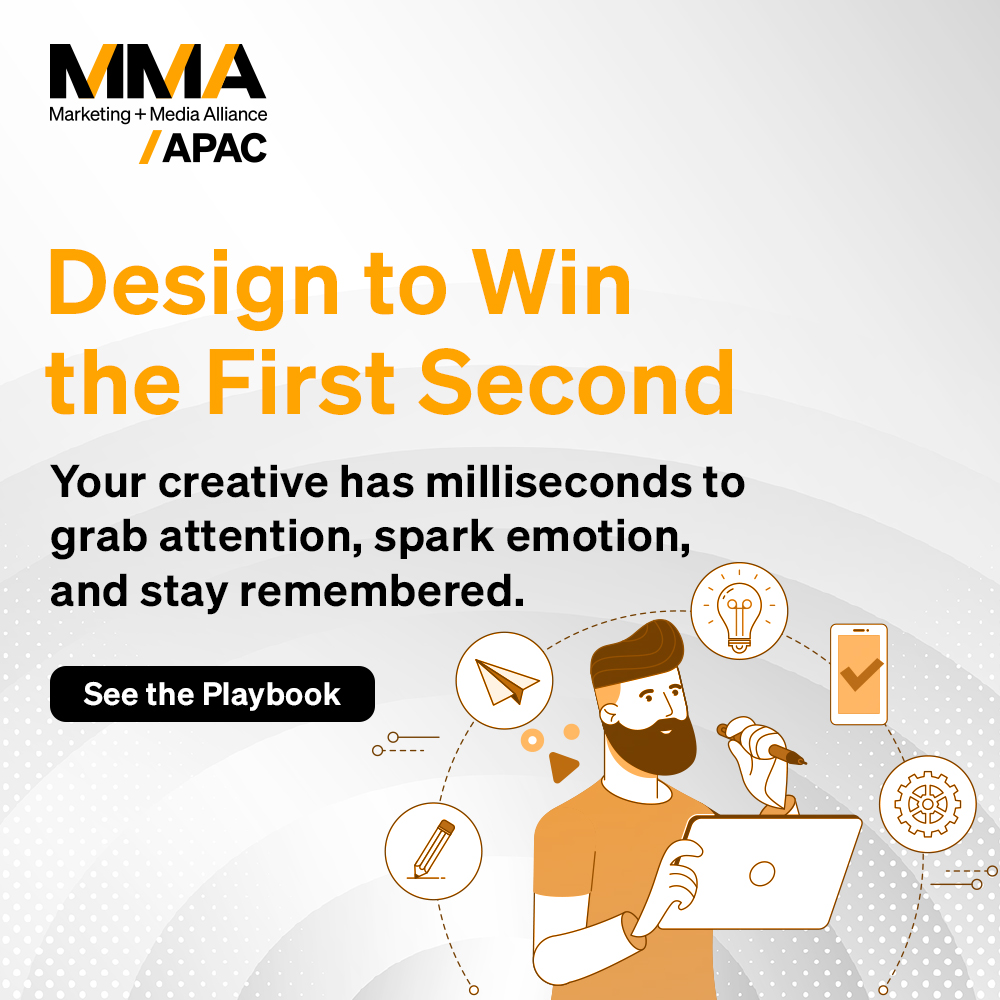
Adopting cutting-edge AI technologies is now essential for marketers to stay ahead of the curve. However, with increasing democratization, everyone has access to the same tools. It is thus just as crucial for marketers to go beyond AI capabilities to build creative and unique campaigns — and achieve the desired business impact.
While AI tools offer unprecedented ability for data analysis, personalization, and automation, they cannot replace the human element in marketing. Marketers must embrace human creativity and their instinct for authentic storytelling to create exceptional marketing campaigns that stand out.
Exceptional marketing campaigns resonate deeply with the audience on an emotional level — this is where AI falls short; it lacks comprehension of human emotions and experiences, the essence of storytelling. Compelling storytelling involves using lived experiences, human touch, and personalization. Therefore, marketers must encourage their teams to focus on that. Campaigns should demonstrate genuine care and understanding of the consumer.
Moreover, diversity in the team is crucial for creating innovative campaigns. Holistic collaboration between individuals across disciplines ensures that campaigns reflect a broad range of experiences and resonate with a larger audience. Ultimately, authenticity should be at the core of marketing efforts. Consumers are attracted to brands that authentically connect with them. Marketers must transcend generic messaging to build long-lasting consumer relationships.
Steps marketers should follow to ensure they stand out even while using the same AI tools as others:
- Use multiple AI tools: Multiple AI tools can help marketers gain diverse insights and ideas on the same topic — this can help marketers stand out from competitors who may rely on a single tool. Each tool employs a unique algorithm and approach, resulting in different outputs. Marketers can generate skeletal frameworks or drafts for the content using various AI tools to tailor their content for the platform and audience.
- AI-generated copy is only a starting point: While AI-generated drafts provide valuable insights and save time, it is not the final product. AI tools may lack context, creativity, or understanding of the brand’s voice, requiring human intervention to refine and personalize the content. AI-generated copies are only a foundation for marketers to build further with their expertise and understanding of the target audience.
- Iterate the prompts: Experimenting with different prompts in AI tools allows marketers to generate multiple content options. The iteration process helps marketers test different approaches in optimizing the message for specific objectives and audiences.
- Edit the drafts: After generating the drafts with AI tools, the next step is editing and refining. This editing process involves reshaping the content to reflect the brand’s message and not only correcting grammar and punctuation. Marketers should review the AI-generated content and replace generic sentences with more personalized language that resonates with the intended audience.
- Human touch: The final draft should reflect human thoughts and perspectives. While AI tools can assist in content creation, they lack the understanding of nuance and context. Marketers should utilize real experiences and insights into the content to make it authentic and relatable – this is essential to create an effective marketing campaign.
While AI tools offer value assistance, marketers must not overlook the human elements in a campaign. With human creativity, storytelling, personalization, diversity, and authenticity, marketers can create campaigns that resonate with their audience and make a lasting impact.



















